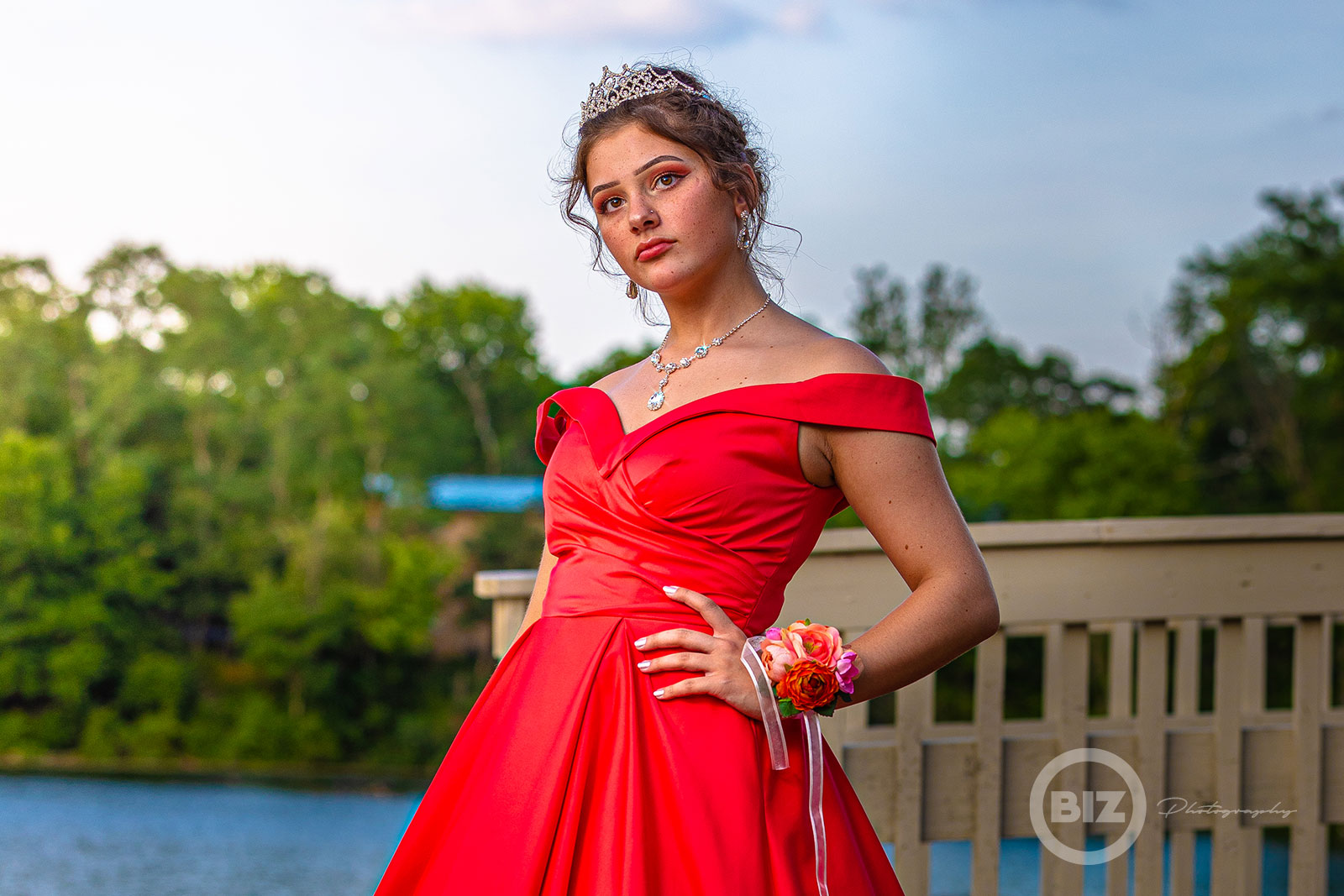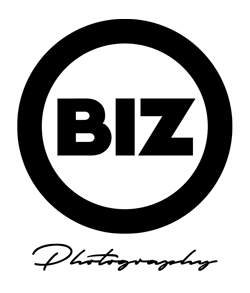Learn to See the Light for Better Photography

Photography literally means 'writing with light,' so if you are going to take great photographs, you will need to learn to see and use that light properly. The tricky part is that your camera sees the light differently from your eyes, or more accurately than your brain sees it. You will need to learn to see the light as your camera does for better photography.
“Photography is all about the light. Learning to see the light is an essential tool you can carry in your bag.”
As you probably know, the camera sees and measures light in stops controlled by the exposure triangle, aperture, shutter speed, and ISO. The dynamic range of a scene is the difference between the brightest and darkest parts of the image. The problem comes from the fact that the human eye can see more stops of light than a camera can. Although cameras get better at the dynamic range, there is still a point where the shadows will be too dark or the highlights too bright. And if you are going to print your images, this difference becomes smaller.
Being able to see the dynamic range and expose your shot accordingly will only come with practice. Remembering how your eye saw the shot from the darkest to the brightest spots and then studying the image when you get it on your computer will, over time, train yourself in seeing and accommodating the dynamic range. Your style of shooting will, of course, affect this. Do you like dark shadows falling to total black? Do you prefer high-key images full of light and clipped highlights? Only you can decide what is right, but you will need to train your eye to see and capture the light when you are out shooting.
Two tools that can help with this are the highlight clipping warning and the histogram. Refer to your camera's manual to learn how to turn on clipping warnings, otherwise known as "blinkies." With this setting on, and completely blown out highlights will blink in your viewfinder or LCD screen. Depending on how bright you want the scene, you can adjust the exposure until these blinkies are minimal or disappear. Certain elements, such as the sun, will almost always blink, so consider that.
The other tool is your histogram. There are two ways you can use the histogram to train your eye. When your shooting, set the camera to show the histogram in the replay and preview mode. According to some, the classic bell curve is the perfect histogram, but only you can determine that. The key is to learn what the histogram looks like when your image is perfect so that you can watch for and adjust your exposure to accomplish that ideal histogram. And this leads to the other way you can use the histogram. Always have the histogram displayed when you are culling and editing your images on your computer. Is the image too dark, too bright, or just right? Look at the histogram in each case and learn what it looks like. Then use that knowledge out in the field to expose so that you see a histogram that matches your perfect image.
Being able to see the light is one of the most important things you can learn in photography. This ability will only come with time and practice, but you must practice it early and often. If you can learn to see the light before taking the shot, your final images will be much better.
www.bizphotography.com
In need of photography services, or looking to take your current photos and create albums, wall decor, prints or even need specialized digital design services? Let's Talk!
E-mail: moc.yhpargotohpzib@pans
Call Direct: 1-216-228-7169
